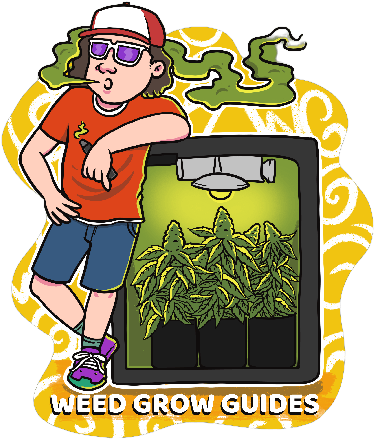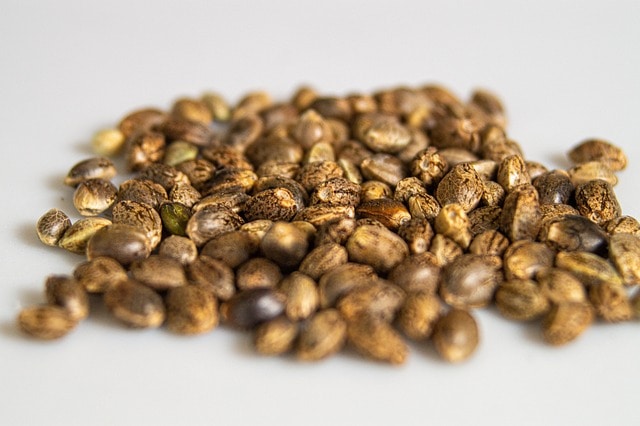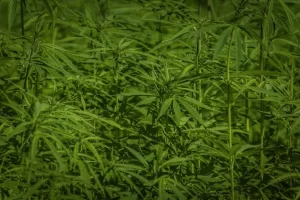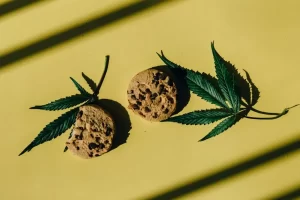Understanding LED Grow Lights
LED grow lights are artificial light sources that are specially designed to simulate the natural light spectrum needed for plant growth. These lights are commonly used in indoor gardening to provide the necessary light for photosynthesis, which is crucial for plant development.
One of the key advantages of LED grow lights is their energy efficiency and ability to produce specific wavelengths of light that plants need for different growth stages. Unlike traditional lighting, LED grow lights generate very little heat, reducing the risk of burning the plants.
When using LED grow lights, it’s essential to understand the light spectrum they emit. Different plants require different light spectrums for optimal growth. LED grow lights can be customized to emit the specific wavelengths needed by plants during their vegetative and flowering stages.
The lifespan of LED grow lights is another benefit, lasting much longer than traditional grow lights. This longevity not only saves money in the long run but also ensures consistent light quality for the plants throughout their growth cycle.
LED grow lights have become increasingly popular among indoor gardeners due to their versatility, energy efficiency, and customizable light spectrum. Understanding how to optimize their usage is essential for healthy plant growth and maximum yield.
Factors Impacting LED Grow Light Duration
Several factors influence the duration for which LED grow lights should be on to support optimal plant growth. One crucial factor is the type of plant being grown, as different species have varying light requirements during different growth stages.
The growth stage of the plants is another significant factor to consider when determining the optimal duration for LED grow lights. Seedlings, vegetative plants, and flowering plants all have distinct light needs, impacting how long the lights should be kept on.
Light intensity and distance from the plants also play a critical role in deciding the duration of LED grow light exposure. Adjusting the height and intensity of the lights based on the plant’s response is crucial to prevent light stress or insufficient light exposure.
Environmental factors such as temperature and humidity can affect how plants respond to light. Proper ventilation and climate control are essential to ensure that the plants can efficiently utilize the light provided by the LED grow lights.
Growers need to consider the specific light spectrum requirements of their plants when determining the duration of LED grow light exposure. Understanding the plant’s natural habitat and light preferences can help optimize the lighting schedule for better growth outcomes.
Monitoring the plants for any signs of light stress or deficiency is crucial when setting the duration of LED grow light exposure. Adjusting the duration based on the plant’s health and growth progress is key to promoting healthy development and increasing yield.
Determining the Optimal Duration for LED Grow Lights
The optimal duration for LED grow lights to be on varies depending on the specific needs of the plants being grown. As a general guideline, most plants require about 14-18 hours of light during the vegetative stage to promote healthy leaf growth and robust development.
During the flowering phase, many plants benefit from 12-14 hours of light to support blooming and fruiting. It’s essential to tailor the light duration based on the plant species, growth stage, and environmental conditions to ensure optimal growth and yield.
Growers can create customized light schedules based on the specific requirements of their plants. Using timers or automated systems can help maintain consistent light exposure, promoting a healthy growth environment for indoor plants under LED grow lights.
Experimenting with different light durations and observing how the plants respond can provide valuable insights into the ideal lighting schedule. By adjusting the duration based on plant health and growth progress, growers can optimize light exposure for maximum plant growth.
In conclusion, determining the optimal duration for LED grow lights involves considering various factors such as plant type, growth stage, light spectrum, and environmental conditions. By closely monitoring plant health and growth patterns, growers can fine-tune the light duration to achieve the best results for their indoor garden.













